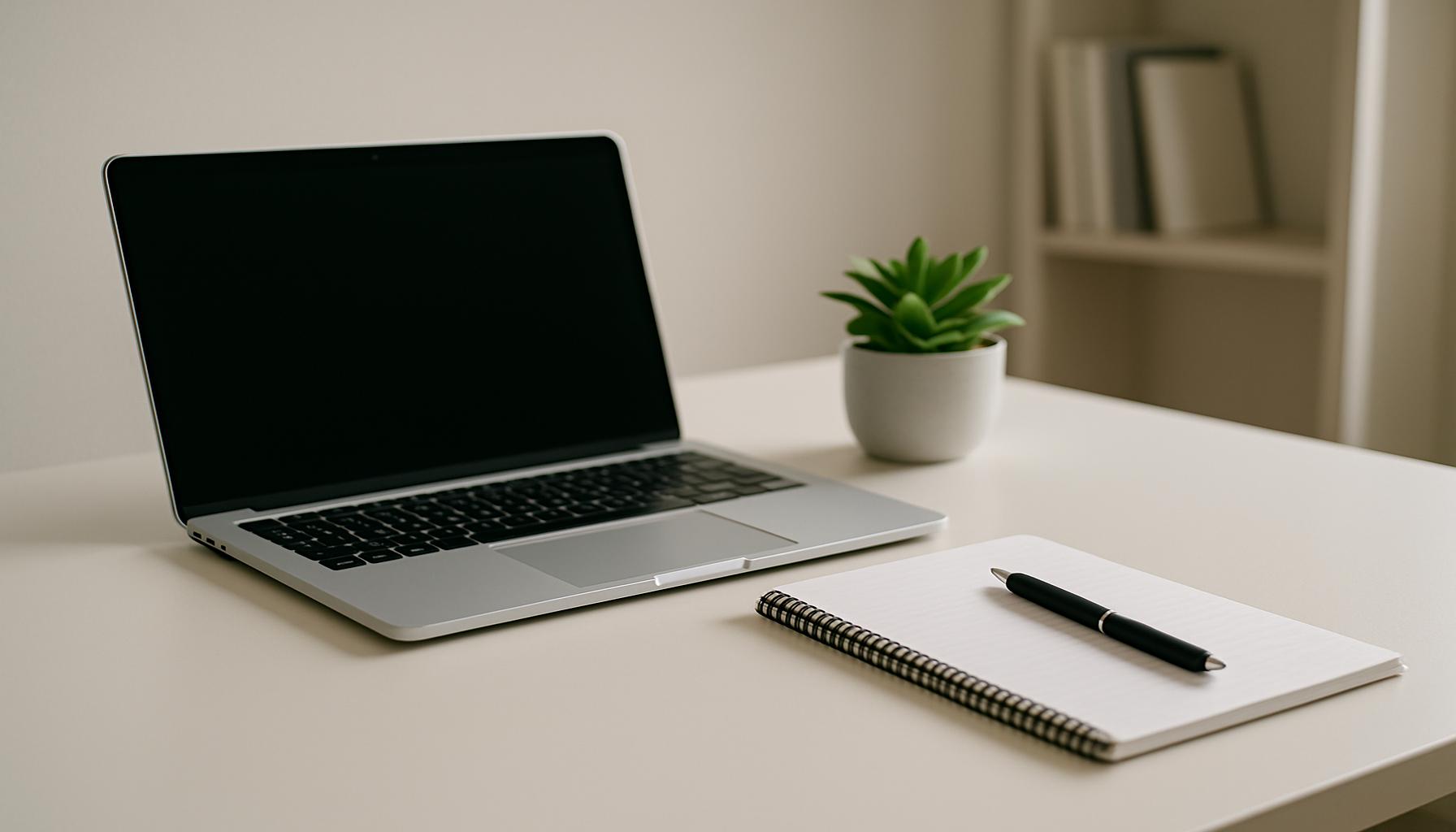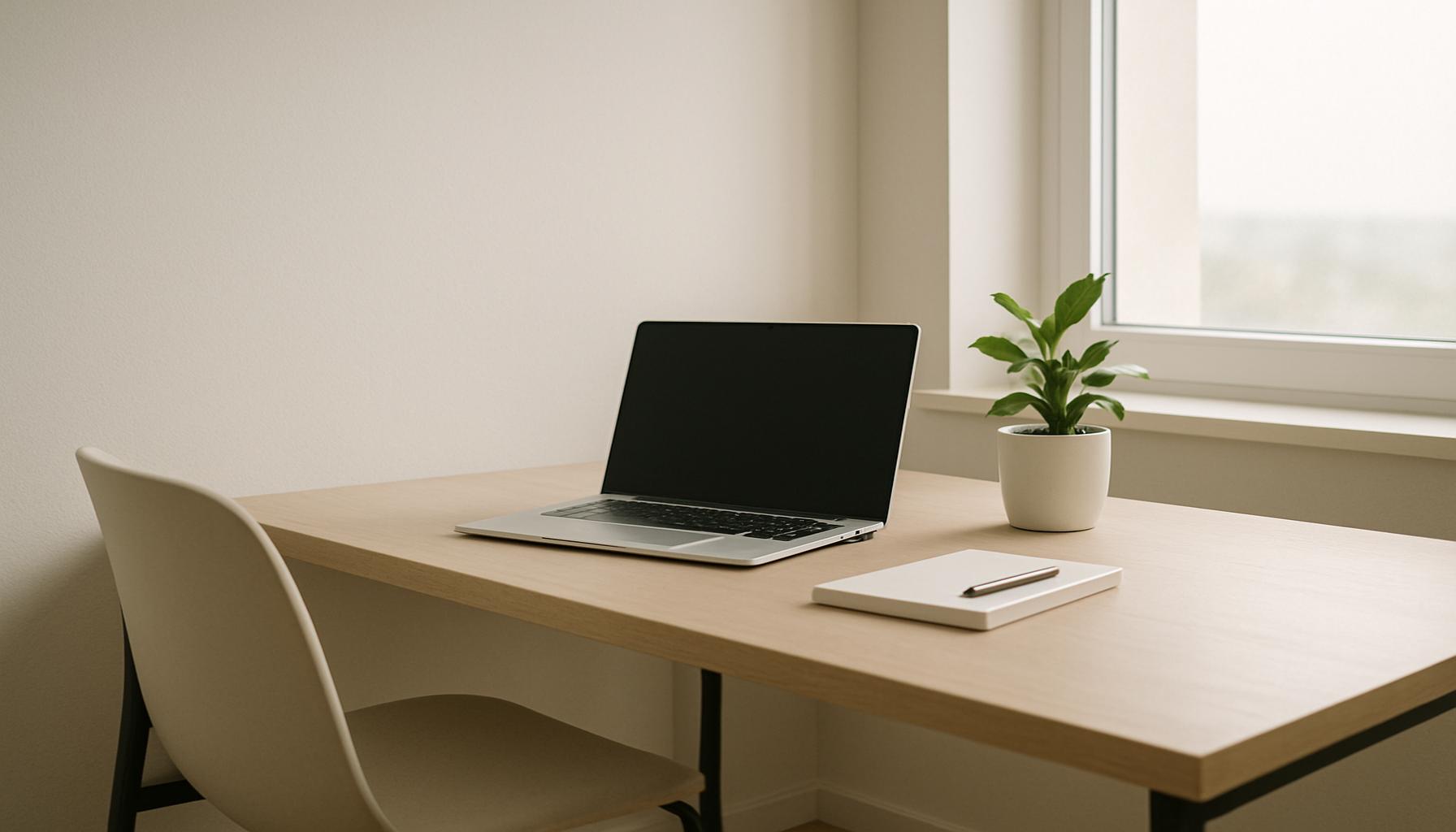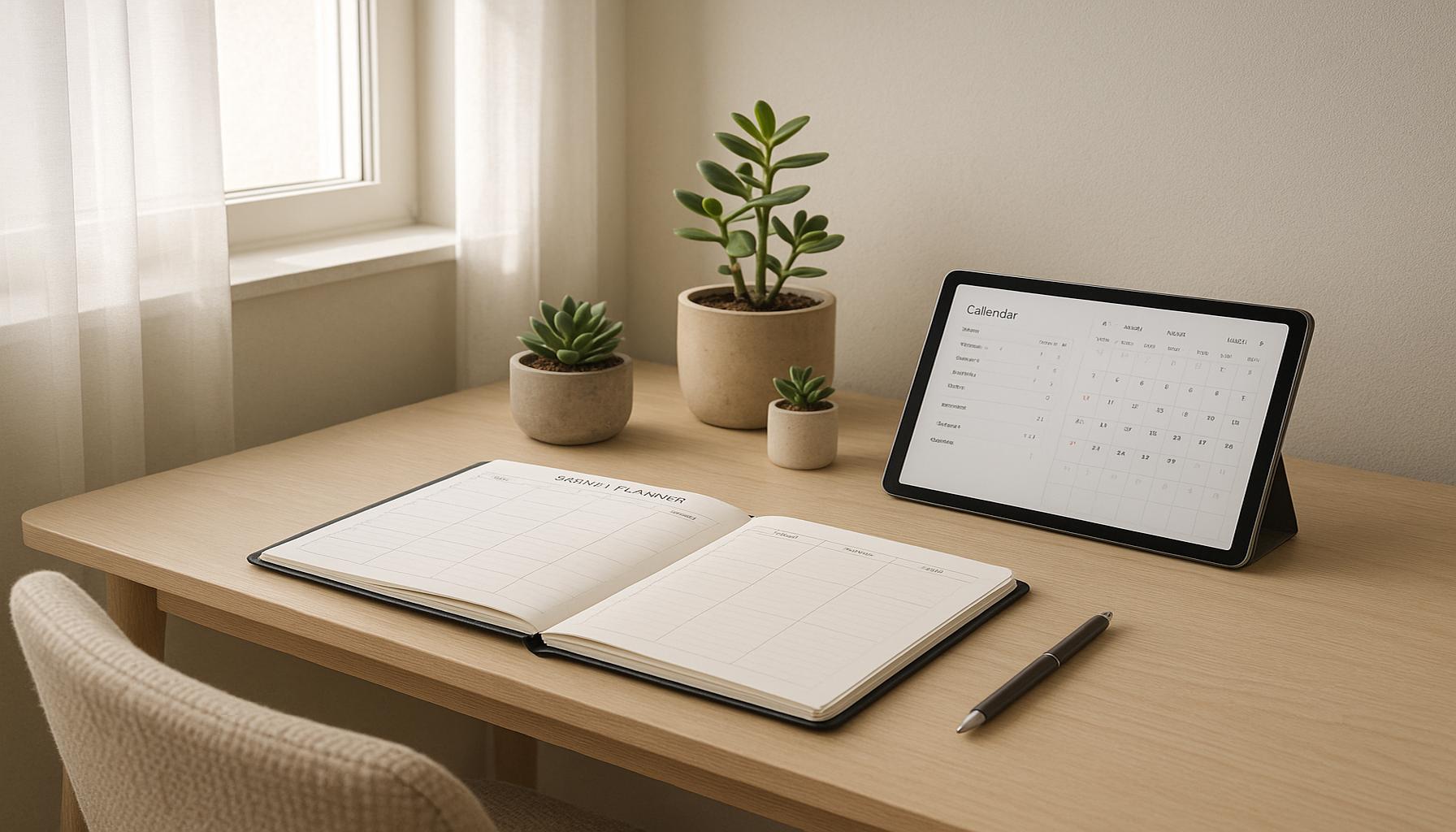The Relationship between Minimalist Spaces and Mental Efficiency
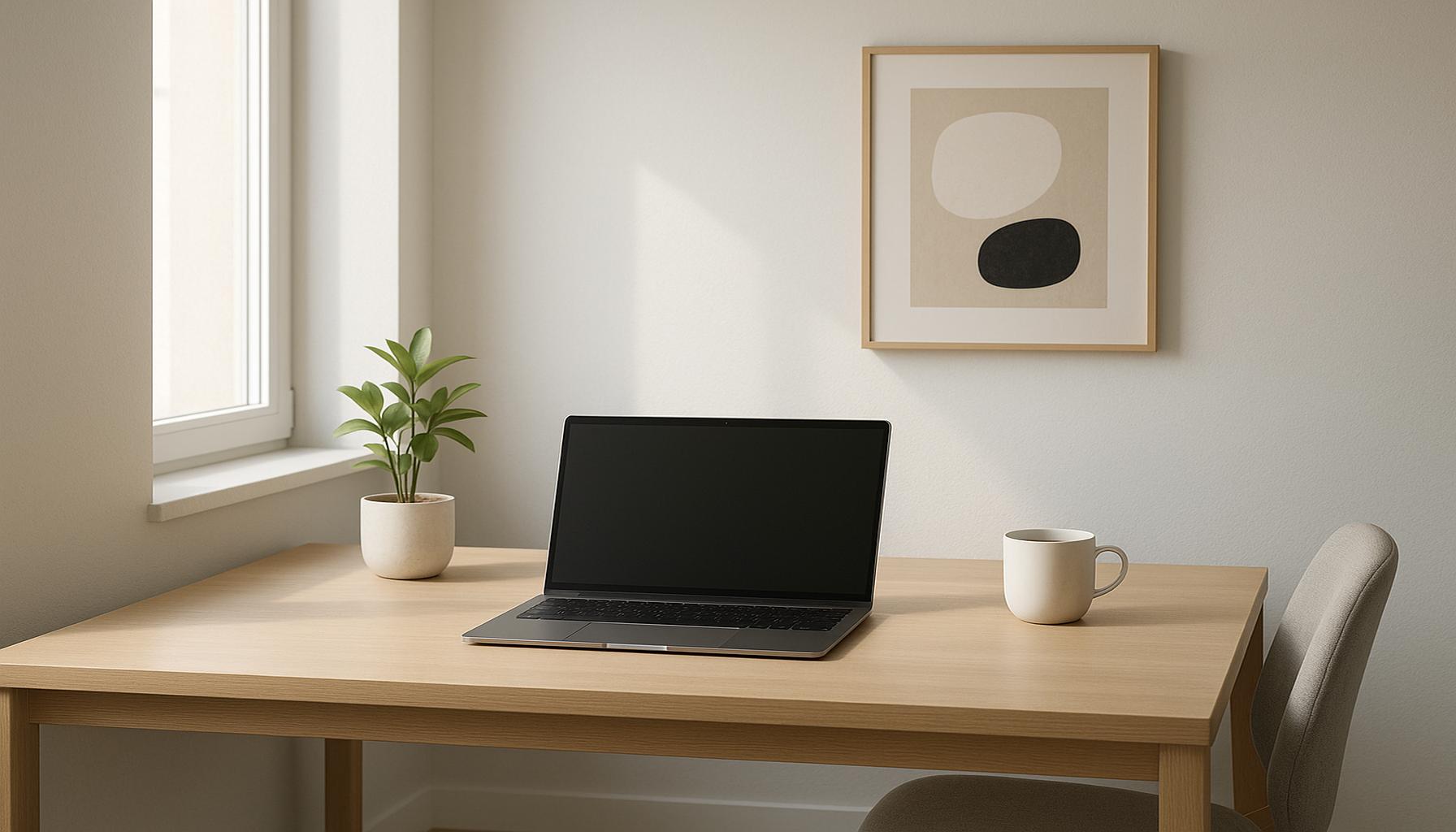
The Impact of Our Surroundings on Mental Clarity
In our fast-paced, cluttered world, the spaces we inhabit play a critical role in shaping our mental efficiency. Minimalism has emerged as a response to this chaos, advocating for simplicity and intentionality in our environments. But how does this design philosophy affect our ability to think clearly and work productively? The answer lies in the intersection between our environment and our mental states—an ongoing exploration that reveals surprising truths about the influence of minimalist design.
Key Aspects of Minimalist Spaces
- Reduction of Clutter: One of the most prominent advantages of minimalism is the reduction of clutter. In chaotic spaces overflowing with items, our brains can quickly become overwhelmed. A study published in the Journal of Environmental Psychology found that a cluttered environment can increase stress levels and decrease focus. By simplifying our surroundings, we often experience a sense of calm that enhances mental clarity.
- Enhanced Aesthetics: The beauty of minimalist design lies in its clean lines and open spaces. For example, consider the design of Apple’s flagship stores, where the emphasis is on a streamlined presentation of products in a spacious layout. This design not only creates a visually appealing atmosphere but also fosters an environment where customers can think freely and explore products without distractions.
- Intentional Design: In a minimalist space, every item serves a purpose, minimizing distractions. For instance, a home office designed with minimal furniture—such as a desk, chair, and a few essential decorative items—promotes productivity. Research suggests that when individuals work in environments with intentional designs, they are more likely to enhance their focus and efficiency compared to those working in complex setups filled with ornamental trinkets.
Emerging research indicates that minimalist designs can positively affect our cognitive processes. For instance, environments that prioritize functionality and simplicity may lead to improved concentration and quicker decision-making. Neuroscientists have found that a decluttered space can improve brain function, allowing individuals to think clearly and tackle problems with greater agility.
As we delve into the relationship between minimalist spaces and mental efficiency, it becomes clear that adopting this design philosophy is not just about aesthetics but also about enhancing overall well-being. The burgeoning popularity of minimalist lifestyles, as seen in the rising trend of “tiny homes” and minimalist interior design, offers compelling examples of how these principles are being practically applied in everyday life. Understanding this connection not only enhances our appreciation for minimalist design but also informs us of practical applications in our daily homes and workplaces, encouraging us to create environments that truly serve our needs and foster a thriving mindset.
DISCOVER MORE: Click here to simplify your life
How Minimalist Spaces Enhance Focus and Productivity
The notion that our surroundings can impact our mental efficiency extends beyond mere aesthetics; it touches upon the psychological and emotional implications of our environments. Minimalist spaces, which prioritize simplicity, clean lines, and purposeful design, have been shown to create conditions that foster enhanced concentration and productivity. By stripping away excess, these environments promote a clarity that not only aids mental processes but also encourages a more streamlined approach to everyday tasks.
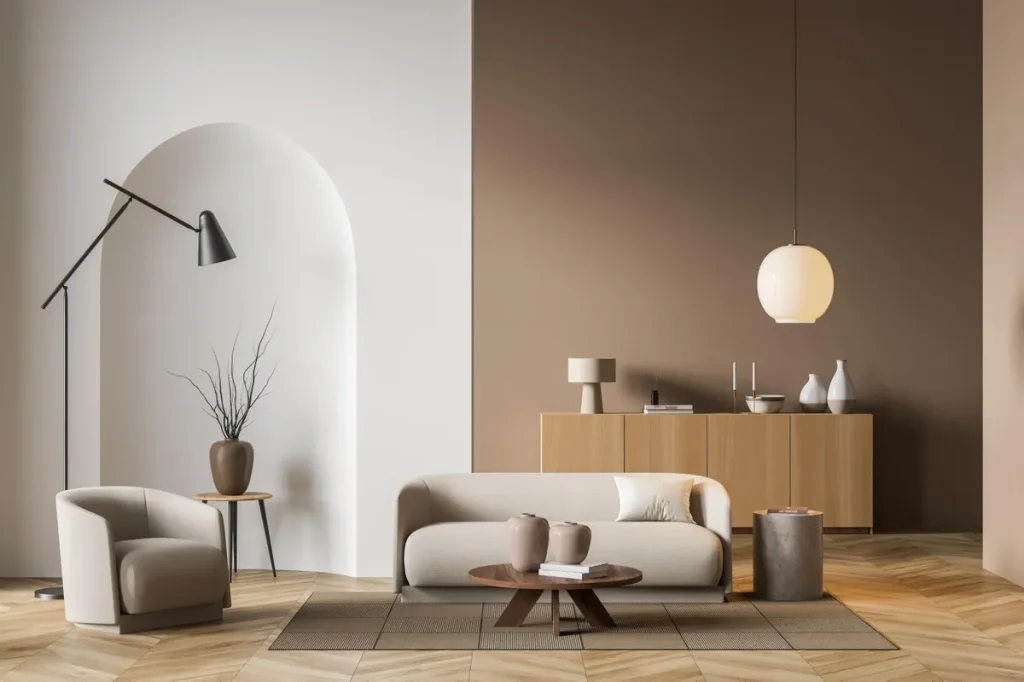
The Psychological Benefits of Minimalism
Research suggests that visual simplicity can lead to improved cognitive function. A study conducted by the University of California revealed that participants in uncluttered environments performed better on attention-based tasks compared to those in chaotic settings. The findings illustrate a profound correlation between the organization of physical space and the clarity of thought, reinforcing the argument that less is more when it comes to productive environments.
- Reduction of Distractions: Minimalist designs eliminate unnecessary visual noise, allowing the brain to focus on the task at hand. This can be especially crucial in high-pressure environments such as offices, where distractions can lead to significant reductions in output and efficiency.
- Calmness and Well-Being: A well-curated minimalist space often evokes a sense of tranquility. A serene environment can lower cortisol levels—an indicator of stress—ultimately fostering an atmosphere conducive to creative and analytical thinking.
- Intentionality in Choices: Minimalism encourages individuals to be more deliberate in their choices, whether in selecting decor or organizing their workspaces. This intent translates to mental clarity by reducing the overwhelming feelings that often accompany decision fatigue.
Moreover, in the context of the digital age, the principles of minimalism extend beyond physical spaces to our virtual environments. Research indicates that a clutter-free digital workspace, characterized by organized files and fewer open tabs, increases focus and efficiency. Implementing organizational systems that reflect minimalist ideals can significantly enhance how we interact with our technology, making it easier to concentrate on the tasks that matter most.
In understanding how minimalist spaces correlate with mental efficiency, it becomes evident that embracing simplicity is not merely a design trend but a valuable lifestyle choice. From home offices to living spaces, the adoption of minimalist principles can pave the way for improved focus—a critical asset in today’s demanding work and life balance. By reflecting on our environments, we can unlock new levels of mental performance and satisfaction, encouraging us to cultivate spaces that support our mental well-being and productivity.
| Advantages | Mental Efficiency |
|---|---|
| Reduced Distractions | Minimalist spaces eliminate clutter, allowing individuals to focus better on their tasks. |
| Enhanced Creativity | Simplified environments encourage creative thinking by reducing overwhelming stimuli. |
| Improved Mental Clarity | A clean, minimalist design fosters a sense of calmness, improving cognitive functions and decision-making. |
| Stress Reduction | Fewer visual and auditory distractions can lead to lower stress levels and a more relaxed state of mind. |
In exploring the nuanced relationship between minimalist spaces and mental efficiency, one can appreciate how these advantages fundamentally contribute to enhanced mental performance. The notion of reduced distractions is paramount; environments devoid of clutter allow individuals to hone in on tasks at hand. This directly influences not only the efficiency of task completion but also enhances the creativity of the individual, as space for innovative thought is generated when chaos is minimized.Additionally, a minimalist environment promotes improved mental clarity. Such spaces bring forth a sense of calm, aiding cognitive function and facilitating decisive actions. Furthermore, the connection between minimalism and stress reduction cannot be understated—an uncluttered environment has been proven to reduce anxiety, allowing for a more focused, productive mindset.As we delve further into this topic, the growing importance of understanding these principles in the design of both personal and professional environments looks more imperative than ever, revealing pathways for increased mental efficiency and overall well-being in our fast-paced world.
DISCOVER MORE: Click here to enhance your daily routine
The Impact of Minimalist Spaces on Creativity and Problem-Solving
While the benefits of minimalist spaces on concentration and productivity are widely acknowledged, their influence on creativity and problem-solving abilities is equally significant. Embracing minimalism can cultivate an environment that encourages innovative thinking and out-of-the-box solutions, essential elements in today’s fast-paced society. This relationship is particularly relevant in creative industries and workplaces that rely on complex problem-solving.
Fostering Creative Flow
Research has indicated that minimalist environments can serve as a catalyst for creative flow. When the clutter is minimized, the mind is afforded more mental bandwidth to explore ideas without distractions. A 2016 study by the University of Nebraska-Lincoln found that individuals displayed higher levels of creative thinking in spaces that emphasized simplicity and open layout. By minimizing external stimuli, such as excessive artwork or decorative objects, an environment becomes a blank canvas, allowing for clearer and more inventive thoughts to emerge.
- Encouraging Open Communication: In collaborative settings, minimalist spaces often promote a sense of openness and inclusivity, which can lead to more fruitful discussions and brainstorming sessions. A clean and organized area invites team members to share ideas freely, breaking down barriers created by clutter and arranging furniture that obstructs communication.
- Inspiration from Functionality: Minimalist designs emphasize functionality over superfluity, which can inspire individuals to innovate through practical solutions. When surrounded by essential tools and equipment that support productivity, employees are more likely to think mindedly about how to tackle challenges creatively.
- Rejuvenating Mental Space: Less clutter not only creates physical space but also mental space, allowing for the rejuvenation of ideas. Taking breaks in uncluttered environments can help recharge the brain, facilitating stronger connections between neurons and sparking fresh perspectives on ongoing projects.
Further establishing the link between minimalist spaces and mental efficiency, the application of these principles in creative endeavors can be found in renowned practices like the Silicon Valley tech culture. Many successful companies, including Google and Apple, have embraced minimalist design in their workspaces, prioritizing open layouts and collaborative zones that encourage both individual focus and group innovation. Their environments reflect an underlying philosophy that simplicity and functionality lead to both productivity and groundbreaking ideas.
Moreover, the impact of minimalism is not confined to physical environments; it extends significantly into our work habits and mental practices. Adopting minimalism in daily routines, such as simplifying to-do lists and employing productivity frameworks like the Pomodoro Technique, can echo the effects of a minimalist space—streamlining tasks and empowering the brain to focus on what truly matters.
As we continue to navigate an increasingly complex world, recognizing the transformative potential of minimalist spaces on our mental efficiency becomes crucial. Ultimately, by designing our environments—or even our workflows—with intentional simplicity, we can create the conditions necessary for enhanced creative thinking and robust problem-solving abilities, equipping ourselves to thrive in both personal and professional landscapes.
DISCOVER MORE: Click here to learn how decluttering can enhance your mental well-being
Conclusion: Embracing Minimalism for Enhanced Mental Efficiency
The exploration of minimalist spaces reveals a profound connection to mental efficiency that extends beyond aesthetics. By adopting a minimalist approach, individuals can significantly enhance their concentration, creativity, and problem-solving capabilities. As our environments become increasingly cluttered and distractions grow more pervasive, the simplicity and intentionality of minimalist design can strategically counteract these challenges, leading to improved cognitive performance.
Research and real-world applications illustrate that minimalist environments foster greater focus and creativity by allowing the mind to function without unnecessary obstructions. Open layouts and the prioritization of functionality encourage not only productivity but also insightful collaboration. For example, many forward-thinking companies in the United States have recognized the value of minimalism within their office designs, prioritizing spaces that inspire innovation through uncluttered practicality. These practices underline the critical role of environmental factors in shaping our mental processes.
Moreover, minimalism transcends mere physical spaces; it influences how we approach our daily routines and mental habits. By simplifying tasks and adopting streamlined workflows, individuals can create a mental landscape conducive to focused work and enhanced creative output. As we continue to embrace a fast-paced, information-rich society, the principles of minimalism offer vital strategies to reclaim mental clarity.
In summary, the relationship between minimalist spaces and mental efficiency is not just a trend but a fundamental shift towards creating environments that nurture our cognitive abilities. By prioritizing simplicity and functionality in both our physical spaces and mental practices, we can pave the way for greater productivity, creativity, and cognitive resilience, ultimately thriving in our personal and professional lives.
